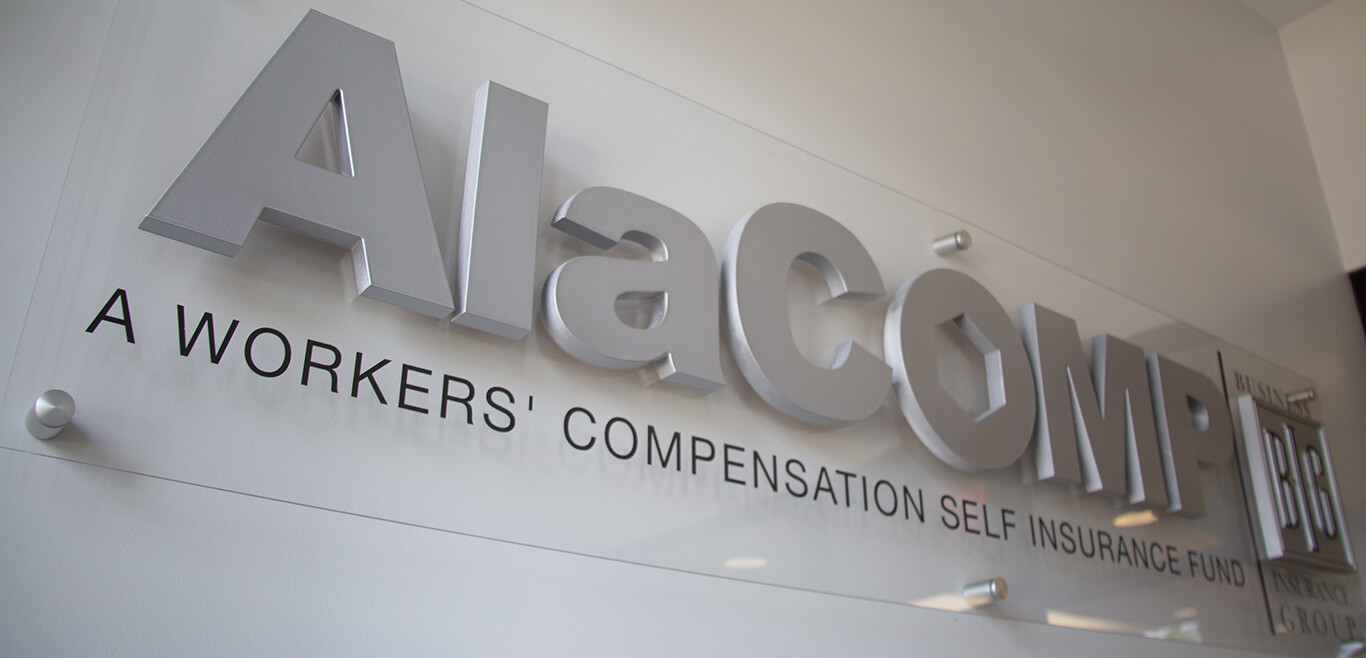
AlaCOMP provides news and OSHA Updates to all members. Each entry is packed with vital safety tips, updates to claims processes and information on the annual seminar devoted to safety and workers’ compensation subjects.
Mid-Year Review
July 01, 2018
Calendar year 2018 is half over. In the business world, the end of the second quarter serves as a great time to review the first half of the year. Explore things that did or did not work, look for areas of strength and weakness, then make proper modifications to finish out the last two quarters of the year strong. This mid-year review also applies to safety programs. Continuous improvement of safety programs should always be a focal point. Reviewing accidents and injuries on a regular basis…
MORESpring & Summer Focus Points
May 01, 2018
In Spring and Summer seasons, some of the areas to focus efforts on include examining potential outdoor hazards. Some of these include: Insect Bites and Bee Stings: If possible, avoid areas with wasp nests and yellow jacket burrows. Both can cause severe allergic reactions. Symptoms include vomiting, nausea and dizziness, hives, and swelling of the throat, mouth, lips, or tongue. Bites can also cause difficulty in breathing. If any of these symptoms appear, seek immediate medical help. Around 50…
MORELockout/Tagout: What to Know
April 25, 2018
Working with machines and energy sources can be dangerous and requires authorized employees to perform Lockout/Tagout procedures. The term Lockout/Tagout (LOTO) refers to safety procedures ensuring the proper shut-off of machines and energy sources. Further, LOTO ensures equipment remains powered off until the completion of the maintenance or service work. The following lists includes some common types of hazardous energy: Electrical Thermal Gravitational Chemical Stored Motion Hydraulic…
MOREHelpful Tips: Self-Performed Safety Inspections
April 15, 2018
Best practice for all companies includes performing and documenting regular safety inspections. These can be done on a pre-shift daily or weekly basis, depending on the scope of the inspection. Developing a self-inspection checklist or utilizing one of the safety inspection checklists found in the AlaCOMP online Safety Library assists with self-inspections. Follow the guideline to perform a safety walk-through and better document the inspection performance. The company should…
MORETop 5 Safety Issues Noted During Loss Control Inspections
April 01, 2018
Keeping the workplace safe and reducing workers compensation loss involves scheduling a visit from the AlaCOMP Loss Control department, which will cover several points. Reviewing company operations from a safety standpoint, evaluating potential hazards and making suggestions for safety program improvements are the focus. Continuous client loss control inspections reveal similar safety issues in need of attention. Listed below are the top 5 most common safety issues discovered during these…
MOREEstablishing an Effective Safety Program
March 15, 2018
In all segments of the industry, companies should create and document an effective safety program. A safety program identifies and reduces hazards faced by employees in the work environment. Some industries must implement safety programs to comply with federal or state government requirements. Written policies and procedures satisfy an imperative component of an effective safety program. Companies should publish a list of safety rules within the company handbook that is received by all…
MOREHelpful Tips: Hiring Safe Employees
February 15, 2018
In a new year with the prospect of hiring new employees, think about hiring safe employees. The Bureau of Labor Statistics reports that workers with one year or less experience represent 25 percent of the workplace and account for 34 percent of the workplace and 34 percent of injury-related lost time. The use of prescreening tools provides vital insight to ensure you know the most about a potential new employee. Some helpful pre-screening tools include: Verify references and work history…
MORESeasonal Safety Tips
December 28, 2017
Winter Safety Tips: Although employers cannot control roadway conditions, they can promote safe driving behavior by ensuring workers recognize the hazards of winter weather driving. Set and enforce driver safety policies. Implement an effective maintenance program for all vehicles and mechanized equipment that workers are required to operate. Have properly trained workers inspect the vehicle systems to determine if they are working properly. One thing many workers fail to consider when…
MORELockout/Tagout: Controlling Hazardous Energy
December 15, 2017
Lockout/Tagout procedures are used to control hazardous energy when making repairs or adjustments to machinery or other types of equipment. Types of Hazardous Energy: Electrical Thermal Pneumatic Chemical Stored Gravitational Hydraulic Motion Risk of not properly utilizing a Lockout/Tagout program: Chemical Exposure Burns Amputations Crushed by/between Fractures Procedures for locking out equipment: Make sure all affected employees are notified. Run through normal shutdown procedures. Place all…
MOREHazard Alert: What is the GHS?
September 15, 2017
Globally Harmonized System of Classification and Labeling of Chemicals—better known as GHS—was put in place to standardize the way we classify and label chemicals. It also simplifies the approach to defining physical, health and environmental hazards of chemicals. Although many countries already had regulatory systems in place for communicating hazardous information regarding chemicals, the differences were enough that they required multiple classifications, labels and…
MORE